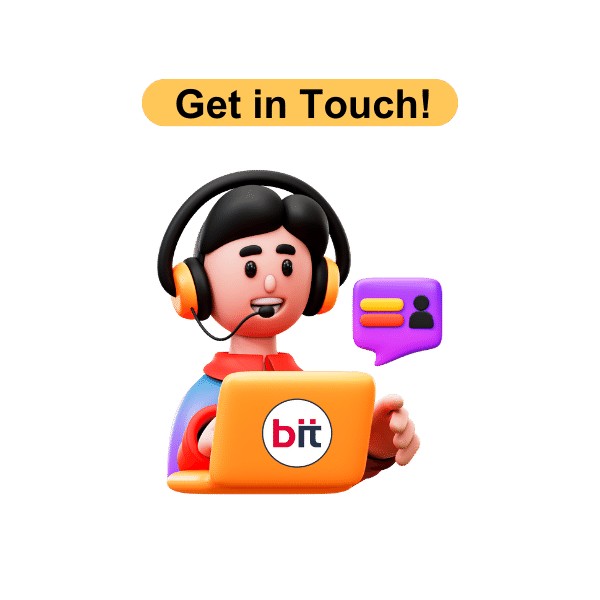|| SolidWorks Certification Course in Vadodara
Welcome to the SolidWorks Course in Vadodara at BIT Vadodara, where you'll gain in-depth training in SolidWorks, one of the most powerful and widely used CAD software in the engineering and manufacturing industries. This SolidWorks training course in Vadodara is perfect for both beginners and those looking to enhance their CAD skills, offering a comprehensive curriculum to help you design 3D models, simulate designs, and generate detailed engineering drawings.
Throughout the course, you will learn the fundamentals of parametric modeling, enabling you to manipulate dimensions and relationships effectively to control design geometry and achieve precise design intent. As you advance, you’ll dive into complex topics such as assembly design, surface modeling, sheet metal design, and weldments, gaining proficiency in managing intricate assemblies using mates and constraints.
Hands-on projects, practical exercises, and access to SolidWorks certification course will allow you to gain real-world experience and develop the skills to create professional-grade CAD designs. You’ll also explore SolidWorks’ simulation and analysis tools, learning how to validate your designs under real-world conditions for optimal performance.
By the end of this SolidWorks classes in Vadodara, you will be equipped with the skills and knowledge to confidently handle advanced design and modeling tasks, enhancing your ability to contribute to cutting-edge projects in design and engineering.
" Bring your designs to life with SolidWorks at BIT course in Vadodara"



 4.8 (21,636) reviews
4.8 (21,636) reviews


 Read more
Read more 
